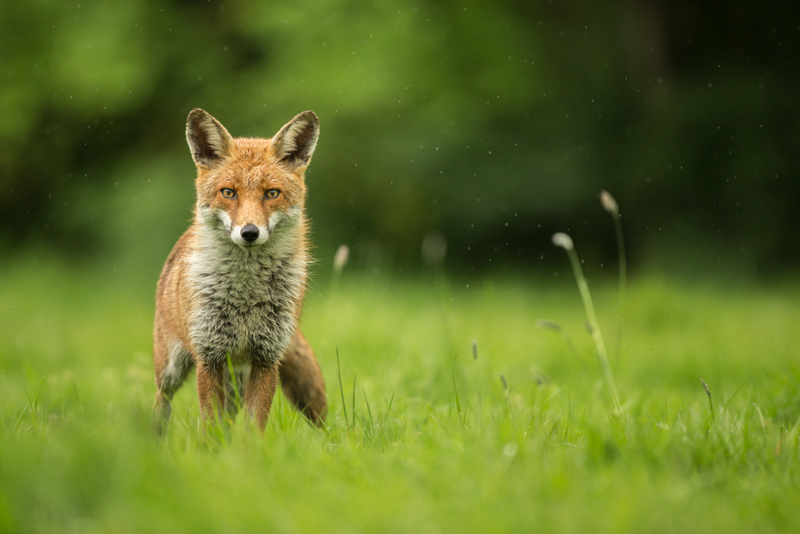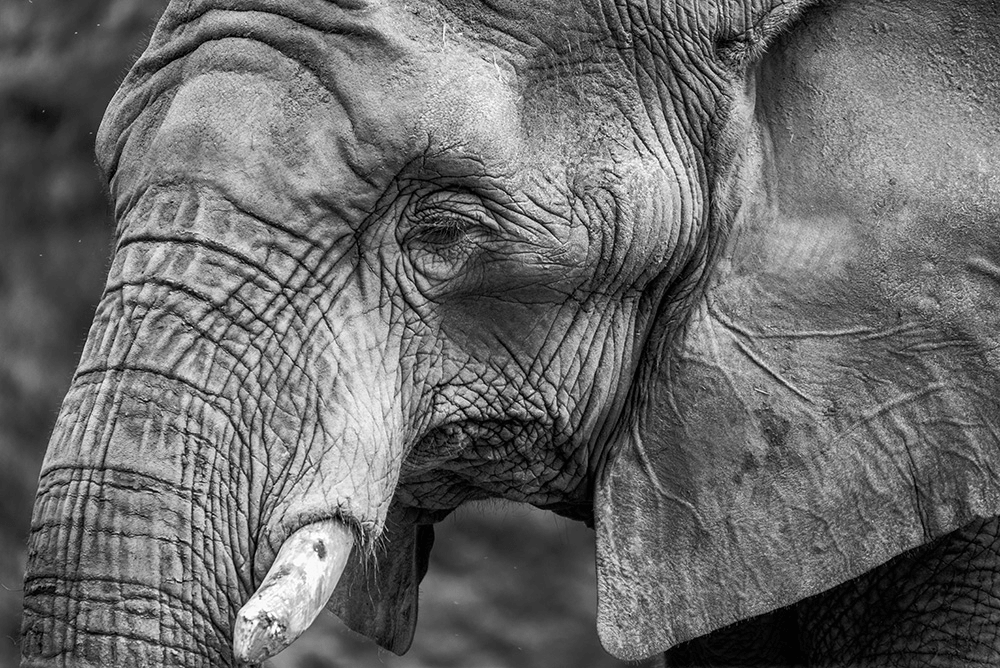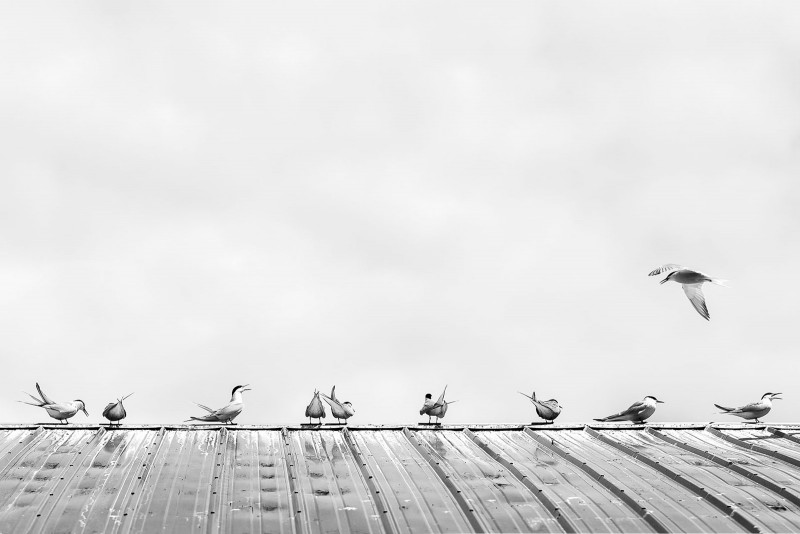Our Blog
Composition Magic: Unlocking the Secrets to Captivating Photos
- July 10, 2023
- Posted by: Semilore Adelola
- Category: Photography Tips

One of the key elements of photography that can transform an average image into a fascinating beauty is composition. It entails arranging and positioning various components within the frame in order to generate a visually appealing and balanced image. In this blog post, we’ll look at some practical strategies and tactics for mastering composition and capturing photographs that truly engage and fascinate people.
1. Rule of Thirds

The rule of thirds is a simple principle that can dramatically enhance the composition of your photographs. Imagine overlaying two horizontal and two vertical lines to divide your frame into a grid of nine equal sections. Place the focal points of your topic along these lines or where they overlap. This off-center positioning gives your composition interest, balance, and visual tension.
2. Leading Lines

Use leading lines to direct the viewer’s attention through the picture and give it a sense of depth. Look for lines, either natural or man-made, that direct the viewer’s attention to the main focus point. Examples include highways, fences, rivers, or simply the contours of a subject. To optimize the effect of leading lines in your composition, try using several viewpoints and angles.
3. Framing

Using components from the surrounding area to frame your topic is a technique called framing. This can be accomplished using both man-made structures and natural components like tree branches, arches, or windows. By framing your topic, you give your composition depth, context, and a sense of concentration, attracting attention to the main subject and enhancing the visual appeal.
4. Background and Foreground Elements:

The elements in your image’s background and foreground can have a big impact on the composition as a whole. Stay away from backgrounds that are cluttered or otherwise distracting and detract from your subject. Find components with contrasting hues, textures, or complementing qualities to provide depth and improve the composition’s visual impact. Make sure the foreground elements contribute to the image’s overall narrative or visual interest by keeping them in mind as well.
5. Rule of Space:

The law of space states that your subject should have visual breathing room to provide the impression of movement or direction. If your subject is moving, give it more room up front than you do behind it. This builds up suspense and guides the viewer’s eye in the subject’s direction of motion, enabling them to mentally finish the action.
6. Experiment with Perspectives:

Don’t be hesitant to try out various viewpoints and angles to produce one-of-a-kind, intriguing compositions. Consider using a low perspective to create a sense of grandeur or a high vantage point to create an intriguing bird’s-eye view. To throw the viewer’s perspective off and give your composition some new and interesting perspective, experiment with unusual angles and points of view.
7. Symmetry and Patterns:

Symmetry and patterns can be used to make compositions that are both strong and beautiful. Look for symmetrical or recurring aspects in your landscape, such as reflections, lines of trees, or a row of windows. To highlight the symmetry, center your subject or pattern within the frame; alternatively, experiment with asymmetrical balance to produce a dynamic composition.
8. Fill the Frame:

Getting close to your subject and filling the frame with it can occasionally provide a powerful composition. By doing so, viewers are free to pay attention entirely to the subject’s textures and fine details, with no interruptions present. Make sure the background enhances and compliments the subject rather than taking away from it.
9. Minimalism:

Simplicity can at times be immensely potent. Adopt minimalism by eliminating extraneous aspects from your composition and concentrating on a single subject or a small number of essential elements. The beauty of the topic may be appreciated by the observer, and a clear and uncomplicated composition fosters tranquility.
10. Break the Rules and explore:

While compositional rules are important, don’t be afraid to explore with your own distinctive style. In the art of photography, there are no restrictions on inventiveness. You are free to deviate from the compositional principles in order to produce powerful, thought-provoking images that express your perspective and narrative.
Composing well takes practice, careful observation, and an acute attention to detail. Utilizing these useful advice and methods will help you improve your photography abilities and produce pictures that captivate visitors. Don’t forget to try new things, be open to different viewpoints, and create your own unique artistic voice. With effort and patience, you will develop the ability to produce compositions that actually stand out and have an impact.
Leave a Reply Cancel reply
This site uses Akismet to reduce spam. Learn how your comment data is processed.
